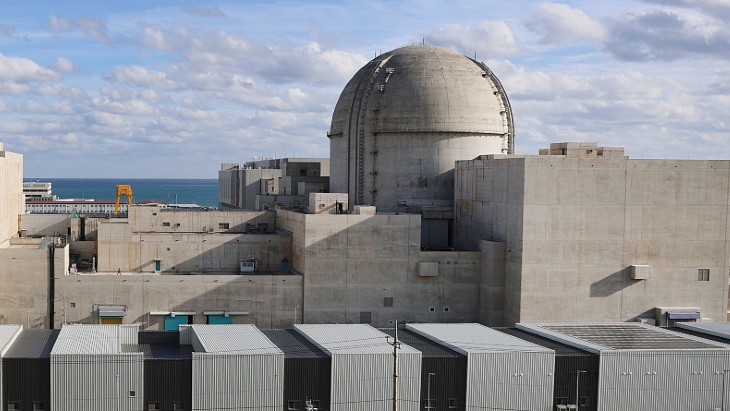Russian fuel manufacturer TVEL expects one of its subsidiaries to be able to create superconductors with enhanced performance for new "high energy physics megaprojects" by 2019.
The A A Bochvar High-Technology Scientific Research Institute for Inorganic Materials (VNIINM) said yesterday its scientists had completed the "next stage of an ambitious project of international importance". This was, it said, the "measurement of the critical current of samples of low-temperature superconducting materials with enhanced properties".
During this process, they have "determined the maximum current that can be passed through superconductors" - the so-called critical current. The statement added: "This experience and proven methodology will allow the Russian nuclear industry to successfully manage the task of creating designs and technologies of superconductors for particle accelerators of a new generation."
The critical current is one of the most important characteristics in the design of magnetic systems for scientific applications in such major international projects as ITER, NICA and the Large Hadron Collider (LHC), the institute said, and for magnetic systems in medical CT scanners, which is important for the development of nuclear medicine.
Ildar Anduganov, head of VNIINM's department of superconducting materials, said the institute has the laboratory, equipment and skilled personnel "to determine the most important properties of superconductors in a wide range of magnetic fields and temperatures".
Based in the South of France, ITER is the collaboration of 35 nations to build the world's largest tokamak - a magnetic fusion device that has been designed to prove the feasibility of fusion as a large-scale and carbon-free source of energy based on the same principle that powers the Sun and stars.
NICA - Nuclotron-based Ion Collider fAсility - is an accelerator complex in Dubna, Russia, designed to study the properties of dense baryonic matter.
LHC is the world's largest and most powerful particle accelerator and the latest addition to the accelerator complex at CERN, the European Organization for Nuclear Research, which is based near Geneva.
Researched and written
by World Nuclear News




_72306.jpg)


_49562.jpg)





